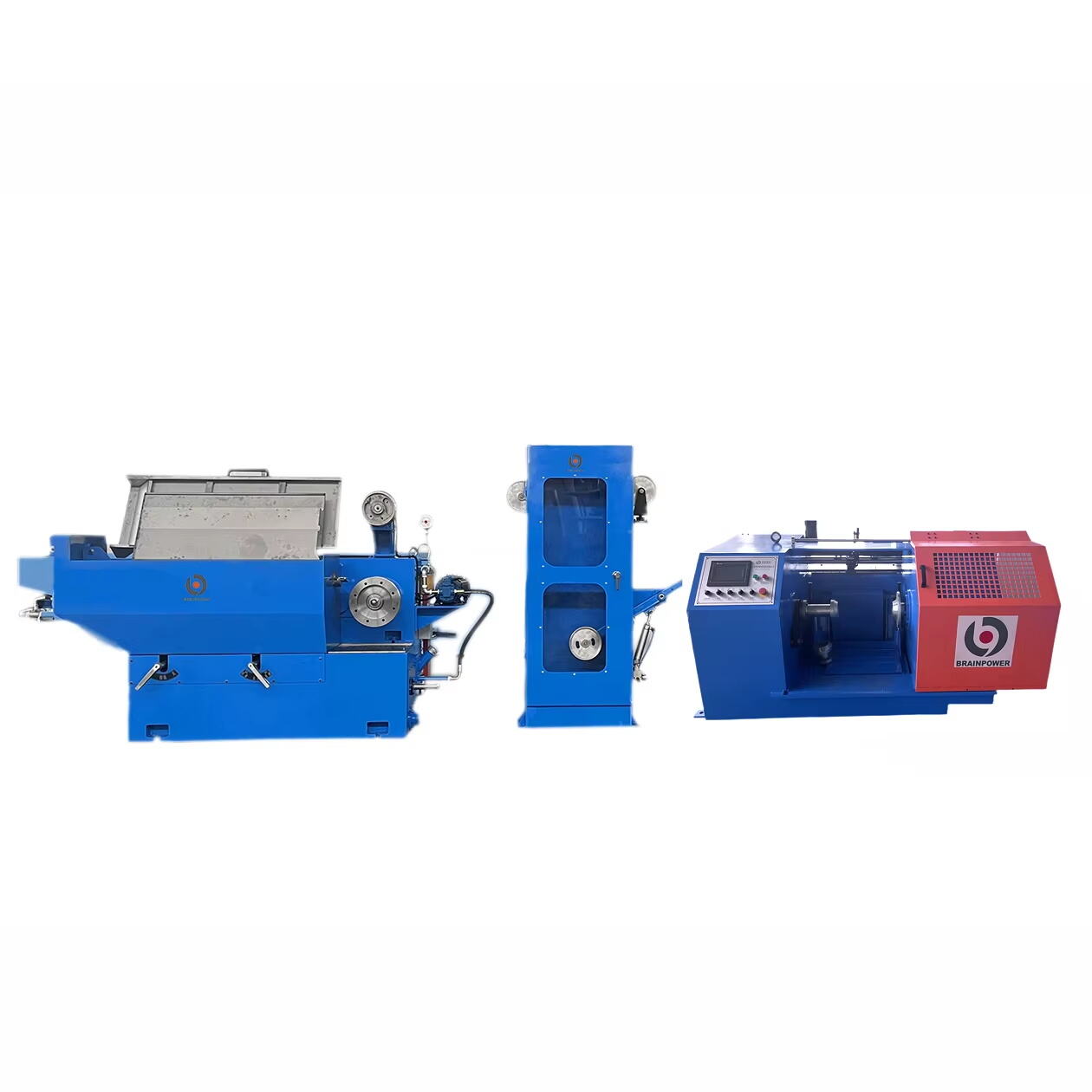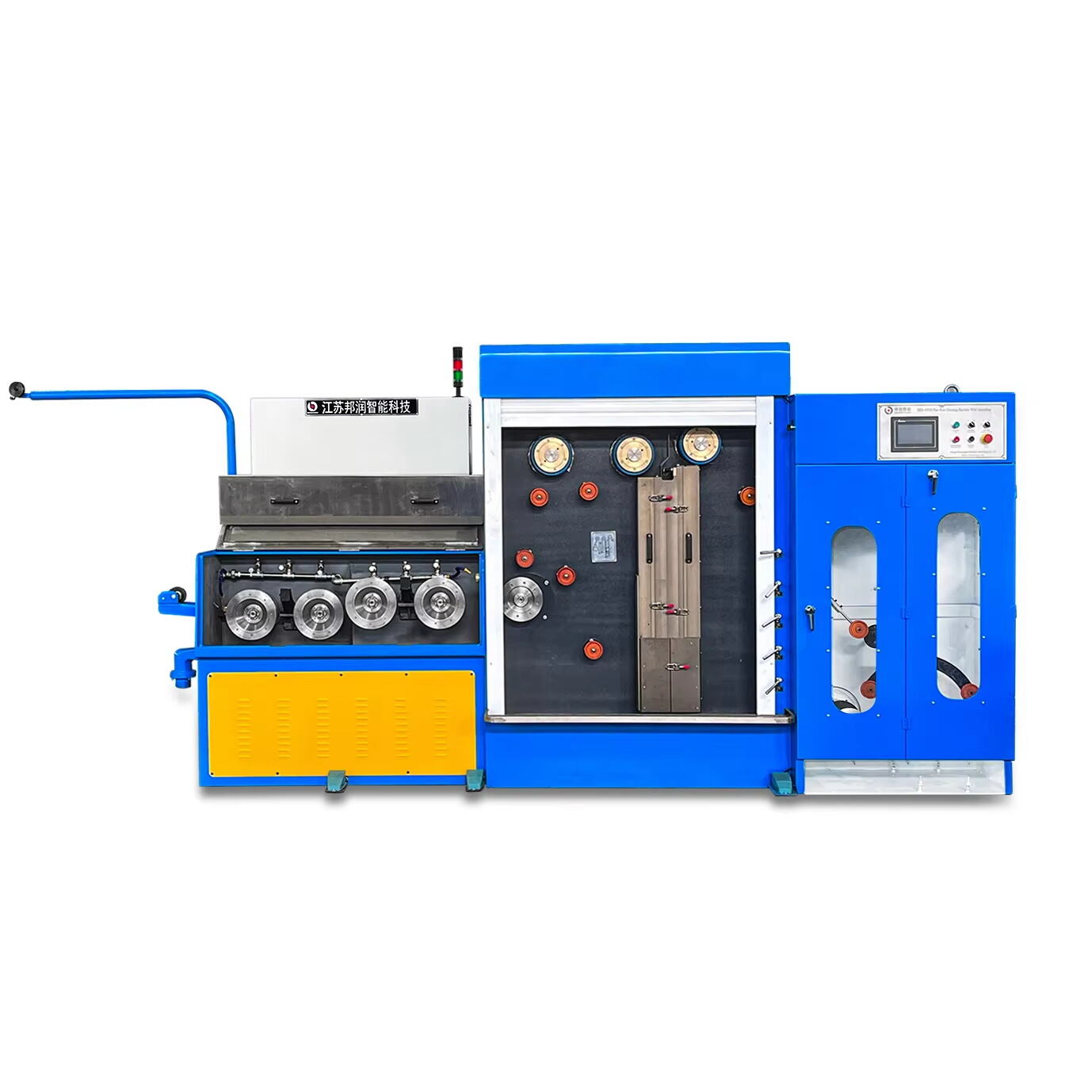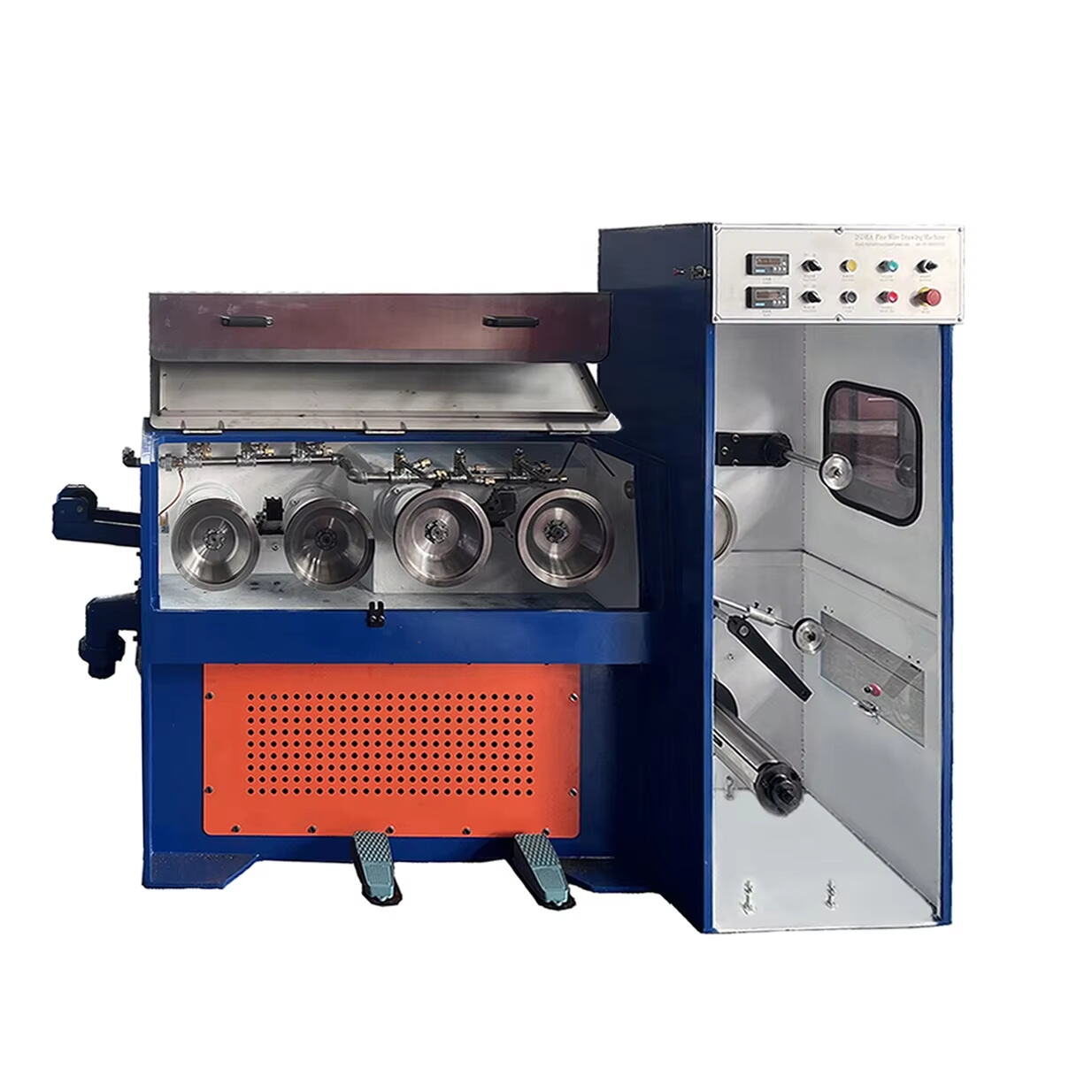tuyma misi
Bakır səmərəsinin çəkilməsi, qalın bakır səmərəsini məkanik deformasiyadan köçürərək daha inkişaf edilmiş və dəqiqliyi tamamilə saxlanılmış konduktorlara çevirlən mürəkkəb bir istehsalat prosesi dir. Bu əsas metall işləmə texnikası, bakır səmərəsini proqressiv olaraq kiçikləşdirilən şablonlar ürəyindən keçirərək onun diametrini azaltır və yaradıqlının struktur integritetini saxlayır. Prosess səmərənin mexaniki xüsusiyyətlərini, mədadsız güclü və səthi bitişini artırır və dəqiqliyi təmin edir. Mühəndislik səviyyəsində olan səmərə çəkici təsnifatları, çəkiliş sürətinin, gerilməsinin və yağlaşdırmanın dəqiqliyinə görə idarə etmək üçün əvvəlləşmiş texnologiyaları özündə birləşdirir, bu da məhsul keyfiyyətində sabitliyi nəticələr. Prosess səmərə hazırlığı ilə başlayır, bu isə temizləmə və yağlaşırla bağlıdır, sonra isə səmərənin kəsişən sahəsi xüsusi tələblərə uyğun olaraq azalır. Çəkiliş zamanı temperaturu idarə edilməsi, iş təzyiqindən qorumaq və optimal material xüsusiyyətlərini saxlamaq üçün əhəmiyyətli-dir. Çəkilmiş bakır səmərəsi elektrik və elektronika sənayələrində, kommunikasiya altyapısında, avtomobil sistemlərində və tikinti layihələrində geniş tətbiqlər tapır. Prosesin universallığı, elektronikada istifadə olunan ultra-sərfələrənliklərdən güc göndərməsi üçün daha böyük diyardrametalara qədər səmərələrin istehsalını təmin edir.




